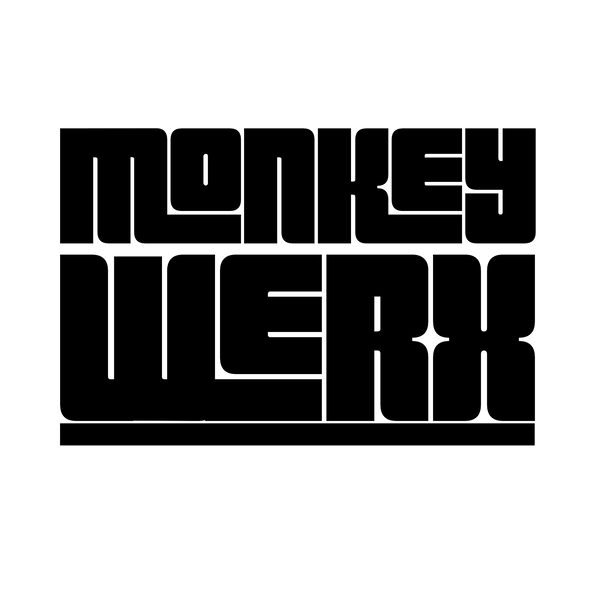Operation Dark Winter: The Chilling Simulation of a Biological Catastrophe
This is a topic I have written about before. Still, I wanted to bring it back into the light given the recent pardons of Fauci and what we know today about the bioweapon labs in Ukraine, as well as the covert approval of US funding in Wuhan. While these events are not directly connected to the timeline of this simulation, the path forward, given the study results and Fauchi's later responsibility for the bio-weapon labs worldwide, would indicate the DoD acted upon the outcome of this and other studies.
In June 2001, two months before the devastating attacks of September 11, the U.S. government conducted a large-scale simulation called Operation Dark Winter. This highly classified exercise aimed to assess the United States’ preparedness for a bioterrorism attack involving smallpox, a disease eradicated in 1980 but still considered a major biological threat. What it revealed was both alarming and prescient.
The Setting and Objectives of Operation Dark Winter
• Date: June 22–23, 2001
• Location: Andrews Air Force Base, Maryland
• Organizers: The exercise was developed by the Center for Strategic and International Studies (CSIS), in collaboration with the Johns Hopkins Center for Civilian Biodefense Strategies and the Analytic Services (ANSER) Institute for Homeland Security.
• Participants: Key government officials, including former senators, military leaders, and health experts, played the roles of senior decision-makers. Notable participants included:
• Sam Nunn: Former U.S. Senator, acting as the President of the United States in the simulation.
• David Gergen: Senior political analyst, playing the National Security Advisor.
• Judith Miller: Journalist and expert on bioterrorism, observing and analyzing the event.
The objective of Operation Dark Winter was to simulate a coordinated smallpox attack on the U.S. and evaluate the response capabilities of the nation’s public health, emergency management, and military systems.
The Scenario: A Fictional Bioterrorist Attack
The exercise envisioned a scenario in which a terrorist group released smallpox virus in three shopping malls:
• Oklahoma City, Oklahoma
• Atlanta, Georgia
• Philadelphia, Pennsylvania.
The smallpox outbreak quickly escalated into a nationwide health crisis, with the following key challenges:
1. Rapid Spread: The virus, highly contagious, spread through person-to-person contact. Within weeks, it overwhelmed local healthcare systems.
2. Vaccine Shortages: At the time, the U.S. had a limited supply of smallpox vaccine, which was insufficient for the growing number of infections.
3. Public Panic: As news of the outbreak spread, fear gripped the population, leading to riots, disruptions to supply chains, and widespread chaos.
4. Global Implications: International travel and trade halted as other countries imposed strict measures to prevent the virus from spreading beyond U.S. borders.
Key Findings of Operation Dark Winter
The simulation exposed significant vulnerabilities in the U.S. response systems, including:
1. Healthcare System Overload: Hospitals lacked the capacity to handle a surge in patients, leading to inadequate care and higher mortality rates.
2. Communication Failures: Coordination between federal, state, and local agencies broke down due to conflicting priorities and unclear chains of command.
3. Vaccine Distribution Challenges: The limited vaccine supply created ethical dilemmas over who should receive it first, leading to public mistrust and unrest.
4. Economic Disruption: The shutdown of businesses and transportation networks crippled the economy, exacerbating the crisis.
5. National Security Risks: The outbreak highlighted the vulnerability of critical infrastructure and the risk of further attacks exploiting the chaos.
Legacy of Operation Dark Winter
The findings from Dark Winter had far-reaching implications, prompting the U.S. government to invest in biodefense and pandemic preparedness. Key outcomes included:
1. Creation of the Homeland Security Department: After the September 11 attacks, the lessons from Dark Winter influenced the Department of Homeland Security (DHS) formation in 2002, focusing on bioterrorism.
2. Project BioShield (2004): This $5.6 billion initiative aimed to develop and stockpile vaccines and treatments for biological agents, including smallpox, anthrax, and Ebola.
3. Strategic National Stockpile: Dark Winter underscored the need for a centralized stockpile of medical supplies, leading to expansions in the Strategic National Stockpile (SNS) program.
4. BARDA (Biomedical Advanced Research and Development Authority): Established in 2006, BARDA became a cornerstone for funding and developing countermeasures against biological threats (this organization worked closely with Fauci).
5. Tabletop Simulations: The success of Dark Winter led to other similar exercises, including:
• TOPOFF (Top Officials) series: Simulations of coordinated terror attacks involving chemical, biological, and nuclear weapons.
• Crimson Contagion (2019): Focused on a global influenza pandemic, eerily similar to the COVID-19 crisis.
• Event 201 (2019): Conducted by Johns Hopkins, this simulation examined the global response to a fictional coronavirus outbreak.
Modern Relevance and Criticisms
Dark Winter remains highly relevant in light of recent events, such as the COVID-19 pandemic in which Dr. Fauci was heavily involved. The exercise foreshadowed many of the world's challenges during the pandemic, including vaccine distribution issues, misinformation, healthcare system strain, fear, and control by our government officials. It also brought to light in recent months the 48 bioweapon labs located in Ukraine that Fauchi and the US DoD controlled, something they denied existed.
It is also a stark reminder that governments worldwide cannot be trusted. Something we should not lose sight of regardless of who is sitting in the White House.

